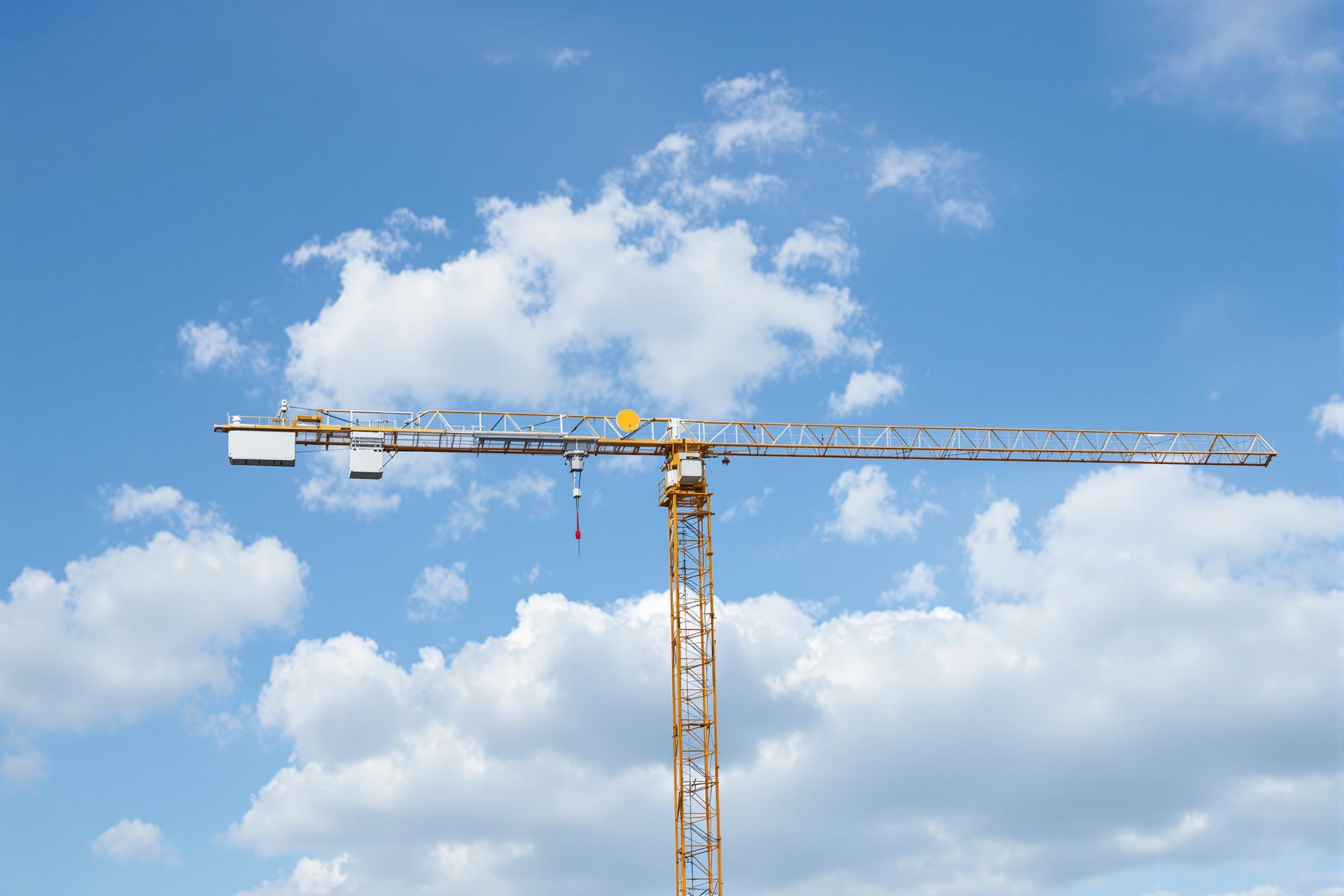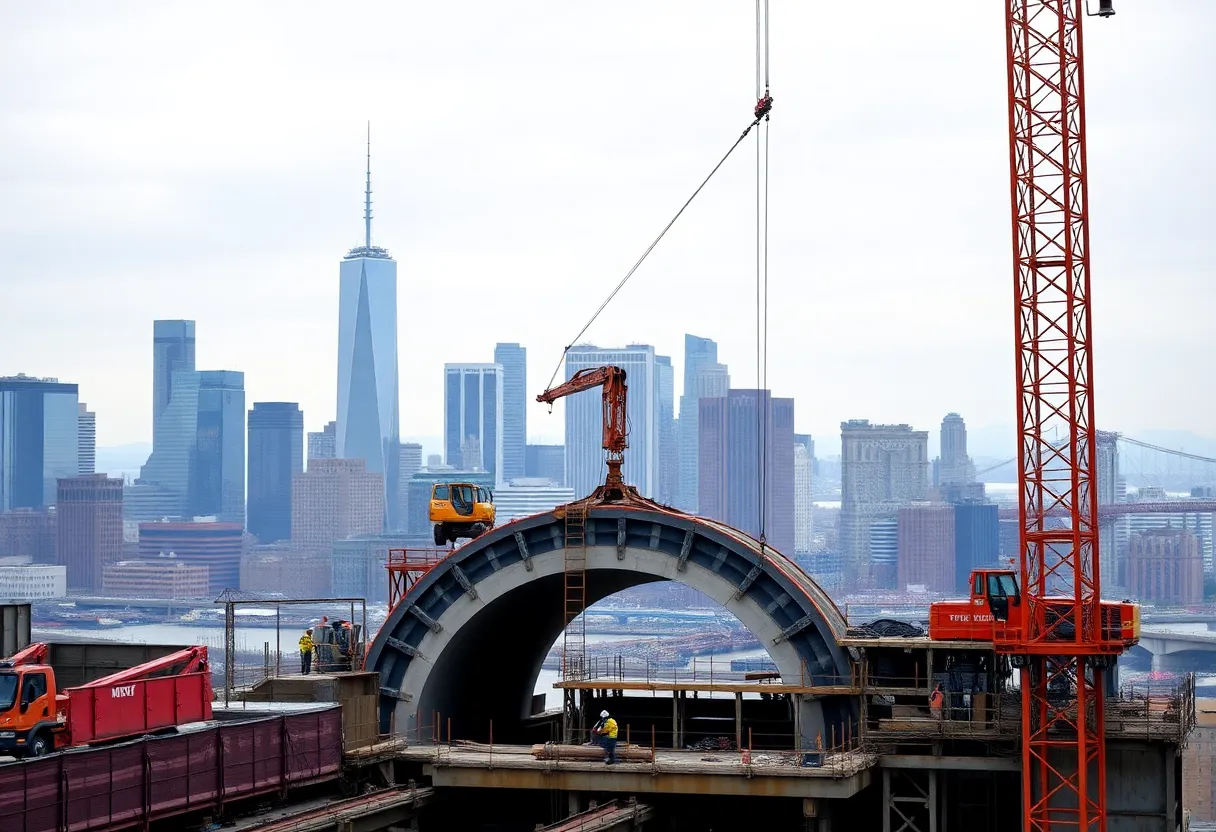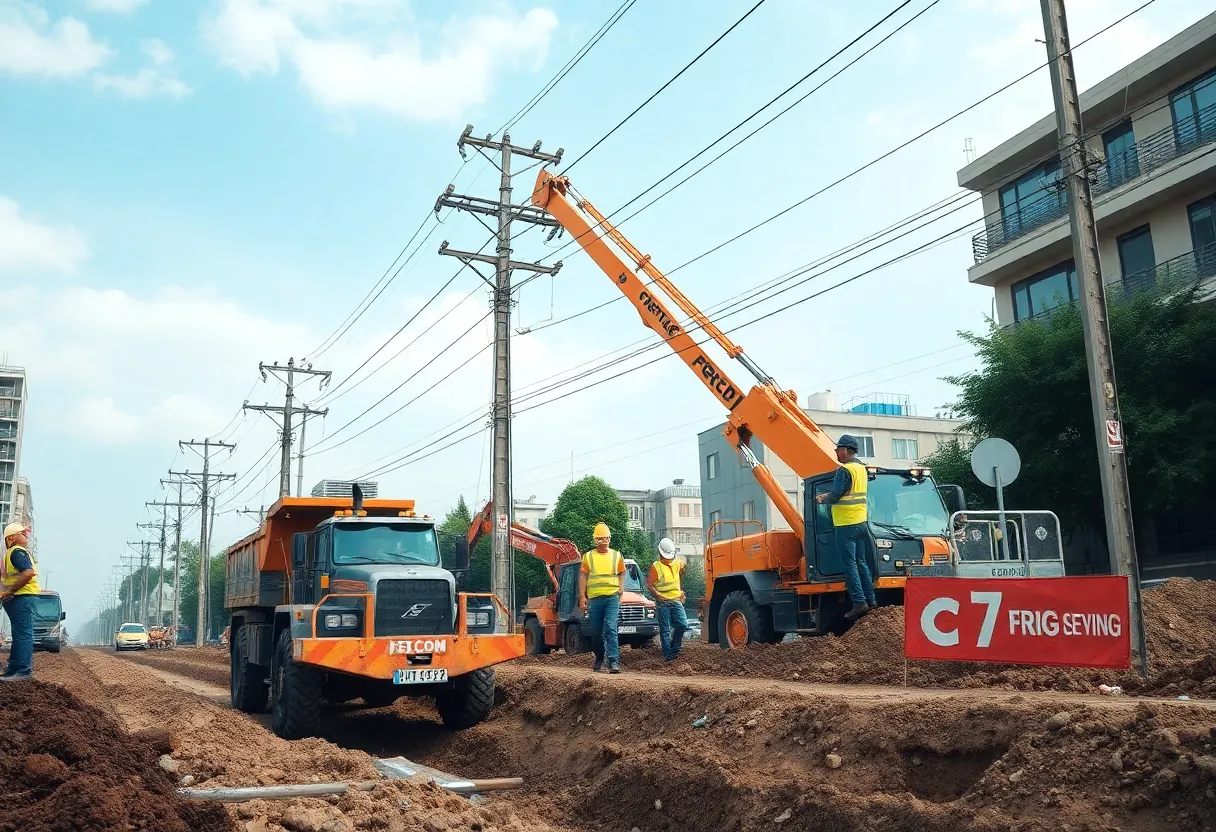Shaping Tomorrow: Top Construction Trends for 2025
In 2025, the construction industry is undergoing a profound transformation, driven by technological advancements, sustainability imperatives, and evolving workforce dynamics. This post explores the key innovations redefining how construction projects are planned, designed, and executed. From the maturation of Building Information Modeling (BIM) to the rise of smart buildings and sustainable practices, these trends are shaping a more efficient, safe, and environmentally conscious future for construction.
Building Information Modeling (BIM) and Virtual Workflows
Building Information Modeling has matured into a cornerstone of modern construction, offering comprehensive digital representations of buildings and infrastructure. In 2025, BIM integrates seamlessly with virtual reality (VR) and augmented reality (AR), creating immersive workflows that enhance collaboration among architects, engineers, and contractors. These virtual environments allow teams to visualize designs, simulate construction processes, and identify potential issues before breaking ground, reducing errors and costly rework. For instance, a recent project used BIM with VR to streamline design reviews, cutting change orders by 20%.
Robotics and AI-Driven Automation
Robotics and artificial intelligence are revolutionizing construction by automating labor-intensive tasks from excavation to finishing. Autonomous machines, such as bricklaying robots and 3D printing construction printers, increase precision and speed while reducing labor costs. AI-driven systems optimize project management by predicting maintenance needs, allocating resources efficiently, and forecasting risks. Drones are now standard for site inspections, providing real-time data that enhances safety and efficiency. A contractor recently reported a 15% cost reduction on a highway project due to AI-optimized scheduling.
3D Printing in Construction
3D printing is transforming construction by enabling rapid, on-site fabrication of building components. This technology produces complex structures with minimal waste, significantly reducing material costs and construction timelines. From single-family homes to large-scale infrastructure, 3D printing is proving its versatility. A notable example is a community housing project completed in half the usual time using 3D-printed concrete walls, showcasing the potential for scalable, cost-effective construction.
Smart Buildings
Smart buildings leverage Internet of Things (IoT) sensors to optimize energy consumption, enhance safety, and streamline operations. These sensor-driven systems collect real-time data on occupancy, temperature, and equipment performance, enabling dynamic adjustments for maximum efficiency. For example, a smart office building reduced energy costs by 25% through automated lighting and HVAC controls. Advanced security systems and predictive maintenance further ensure building reliability, making smart buildings a standard for new constructions in 2025.
Technology-Powered Safety Advancements
Construction sites are becoming safer through technology-driven solutions. Wearable devices monitor workers’ vital signs and locations, alerting supervisors to fatigue or hazardous conditions. Drones provide aerial surveillance, identifying risks like unstable structures without endangering workers. Data-driven hazard prevention systems analyze historical accident data to predict and mitigate risks, reducing incidents. A large construction firm reported a 30% drop in workplace accidents after implementing wearable tech and drone monitoring.
Workforce Transformation
The construction workforce is evolving as AR/VR training programs upskill workers for higher-value roles. Immersive simulations allow workers to practice complex tasks in safe, virtual environments, shortening learning curves and improving safety. As automation handles repetitive tasks, workers are shifting to roles requiring creativity and problem-solving, such as managing robotic systems or analyzing data. A training initiative using VR reduced onboarding time by 40% for a major contractor, highlighting the impact of these programs.
Modular and Prefabricated Construction
Modular and prefabricated construction methods are accelerating project delivery and improving quality. By building components off-site in controlled environments, these methods minimize weather-related delays and ensure precision. They are particularly effective for housing and repetitive structures, where standardization drives efficiency. A recent modular apartment complex was completed 30% faster than traditional methods, demonstrating significant time and cost savings.
Sustainability and Green Building Practices
Sustainability is a driving force in 2025, with green building practices reducing carbon footprints and meeting regulatory demands. Renewable energy sources, recycled materials, and self-healing concrete are becoming standard, supported by initiatives like the EU Green Homes Directive aiming for zero-emission buildings by 2030. Circular economy principles guide material selection, minimizing waste. A net-zero office building recently achieved a 40% reduction in emissions using solar panels and recycled steel, setting a new benchmark for sustainable construction.
Voices from the Field
On platforms like X, industry stakeholders are buzzing about these trends. A general contractor shared how BIM and VR visualizations reduced change orders by 20% on a complex project. An owner highlighted modular construction’s efficiency, noting a 30% shorter timeline for a multi-unit development. A tech vendor showcased an AI platform that predicted equipment failures, saving $100,000 in downtime costs. These conversations reflect the industry’s enthusiasm for adopting innovative solutions to enhance efficiency and sustainability.
A Transformative Future
The convergence of technology, sustainability, and workforce transformation is reshaping construction in 2025. BIM, robotics, 3D printing, and smart buildings are driving efficiency and precision, while safety technologies and training programs enhance worker well-being. Modular construction and green practices address time, cost, and environmental challenges, setting new standards for the industry. As these trends gain momentum, they promise a future where construction is faster, safer, and more sustainable, building a resilient world for generations to come.
FAQ
- What is the role of Building Information Modeling (BIM) in 2025 construction?
BIM is fully integrated into virtual construction workflows, enhancing collaboration, reducing errors, and improving project outcomes through comprehensive digital representations. - How are robotics and AI transforming construction tasks?
Robotics and AI automate tasks from excavation to finishing, increasing safety, reducing costs, and optimizing project management through predictive maintenance and resource allocation. - What is the impact of 3D printing on construction?
3D printing enables on-site fabrication of building components with speed and precision, reducing material waste and construction time, and allowing for complex structures. - How do smart buildings optimize operations?
Smart buildings use sensor-driven IoT systems to optimize energy use, enhance safety, and improve operations through real-time data collection and dynamic adjustments. - What safety advancements are being driven by technology in construction?
Technology-powered safety includes wearables for health monitoring, drones for surveillance, and data-driven systems for hazard prevention, making construction sites safer. - How is the construction workforce being transformed?
The workforce is being upskilled through AR/VR training, shifting to higher-value roles as automation handles routine tasks, and preparing for more complex and creative work. - What are the benefits of modular and prefabricated construction?
Modular and prefabricated methods offer faster delivery, higher quality, reduced on-site labor, and minimized weather-related delays by constructing components off-site. - How is sustainability being addressed in construction practices?
Sustainability is addressed through green building practices, use of renewable energy, recycled materials, and designs that minimize carbon footprints, driven by regulatory and market demands.
A Deeper Dive
- Building Information Modeling (BIM): A digital representation of physical and functional characteristics of a facility, widely used for planning and collaboration. Organization: Autodesk (@Autodesk)
- Robotics in Construction: Autonomous machines enhancing efficiency and safety in tasks like excavation and finishing. Organization: Boston Dynamics (@BostonDynamics)
- AI in Construction: AI-driven tools for project management, risk prediction, and automation, streamlining operations. Organization: BuildOps (@BuildOps)
- 3D Printing: Technology for on-site fabrication of building components, reducing waste and time. Organization: COBOD International (@COBOD3D)
- Smart Buildings: IoT and sensor systems optimizing building energy, safety, and operations. Organization: Johnson Controls (@JohnsonControls)
- AR/VR Training: Immersive training platforms upskilling workers for specialized roles. Organization: Skillful (No X handle found)
- Modular Construction: Off-site construction of components for faster, high-quality project delivery. Organization: Modulaire Group (@ModulaireGroup)
- Sustainable Materials: Recycled and bio-based materials reducing environmental impact. Organization: Interface (@InterfaceInc)
- Green Building Standards: LEED certification promoting sustainable construction practices. Organization: U.S. Green Building Council (@USGBC)
Author: Construction NY News
The NEW YORK STAFF WRITER represents the experienced team at constructionnynews.com, your go-to source for actionable local news and information in New York and beyond. Specializing in "news you can use," we cover essential topics like product reviews for personal and business needs, local business directories, politics, real estate trends, neighborhood insights, and state news affecting the area—with deep expertise drawn from years of dedicated reporting and strong community input, including local press releases and business updates. We deliver top reporting on high-value events such as the New York Build Expo, infrastructure breakthroughs, and cutting-edge construction technology showcases. Our coverage extends to key organizations like the Associated General Contractors of New York State and the Building Trades Employers' Association, plus leading businesses in construction and real estate that power the local economy such as Turner Construction Company and CMiC Global. As part of the broader network, including constructioncanews.com, constructiontxnews.com, and constructionflnews.com, we provide comprehensive, credible insights into the dynamic construction landscape across multiple states.





